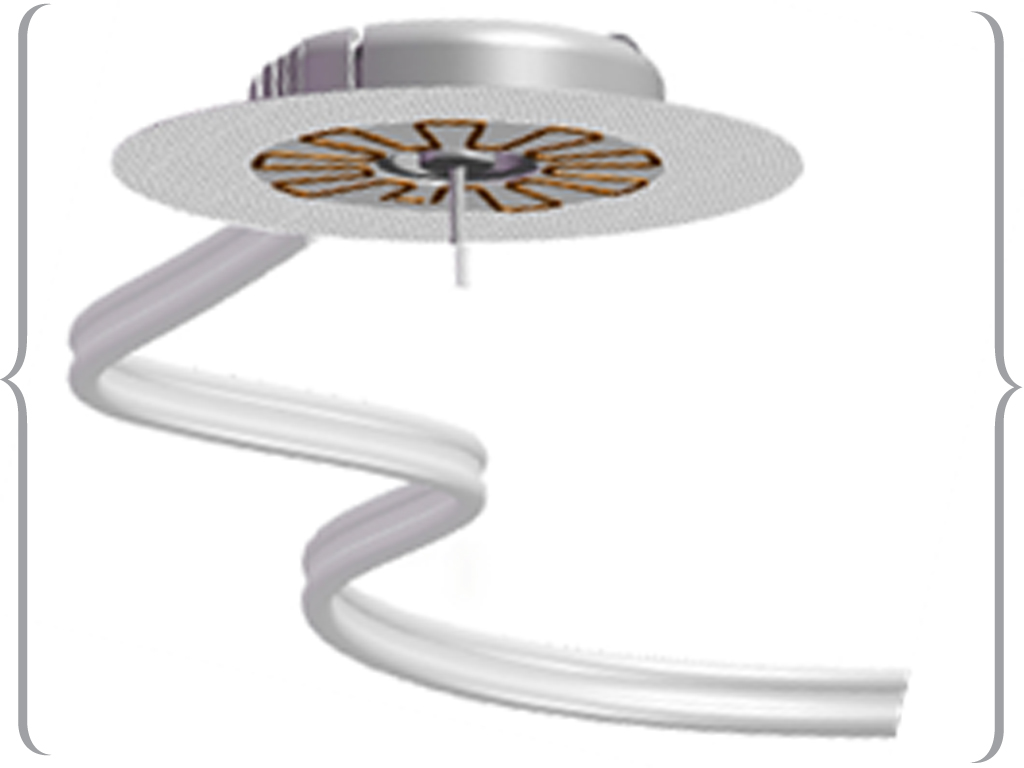College And Type 101: Navigating the Dining Hall

College dining halls are often buffet-style. In the come-all eat-all area, many will spend hours talking with friends, cramming for a test, or just trying to find some coffee and wake-up. This poses special challenges to a student with diabetes. How many carbs are in this lasagna? Should I eat dessert? Is there sugar free maple syrup? But there are a few strategies for navigating the dining hall system.
1. Get to know the various dining halls and the foods that each offers, as many universities offer healthy or vegetarian dining venues. See if there are menus listed online, where you can verify nutritional information and find an option for lunch or dinner that best fits you and your diabetes. I lived closest to the vegan dining hall on my campus, and I loved it because it had the largest array of vegetables and other healthy foods.
2. Identify the staples offered at your dining hall. Many dining halls consistently offer certain foods at specific meals. For example, the dining halls at my institution had the same salad bars every lunch and dinner. So, I would count on having salad as my meal if all the other options were undesirable or not diabetes-friendly.
3. Don’t be afraid to ask questions! In my first year, I realized that I wanted to know more about the carbohydrate content of the cooked foods offered in the dining hall. I went to the student health office and asked the doctor for dining hall resources. From there, I was able to talk to the kitchen manager who gave me more information about the recipes used and the estimates of the carbohydrates in the foods that were typically served.
4. Be creative with the options that are available. At my university, all the dining halls were closed until 10 a.m. on Saturday mornings. This presented a difficulty, since I preferred to eat an earlier breakfast in order to help with my glycemic control. So, I got in the habit of planning ahead by grabbing granola or a banana on Friday morning. I also made sure to have oatmeal stocked in my room, which I could easily whip up if needed.
5. Have a strategy before you go in! Dining halls typically offer dessert every night. While I eat dessert on occasion, I found that having cookies or other treats every night left me with high blood sugar before going to sleep. So, I planned to avoid the ice cream bar during the week and to have a piece of fruit, instead. This satisfied my sweet tooth, and it made dessert a special treat on Saturdays.
The dining hall can be challenging and overwhelming at first. But like many experiences in college, it is new, but not impossible. With a little trial and error, planning, and forethought, the dining hall can become your friend.
Do you have an idea you would like to write about for Insulin Nation? Send your pitch to submissions@insulinnation.com.
Thanks for reading this Insulin Nation article. Want more Type 1 news? Subscribe here.
Have Type 2 diabetes or know someone who does? Try Type 2 Nation, our sister publication.







